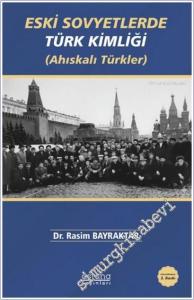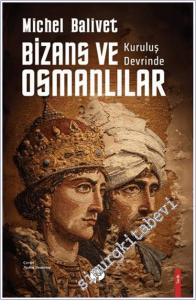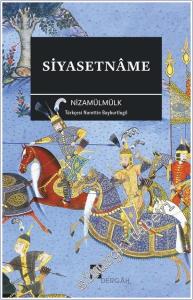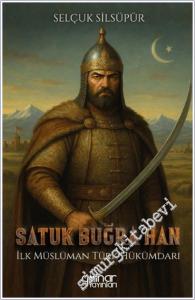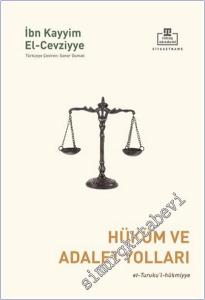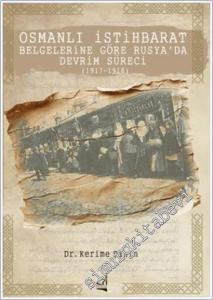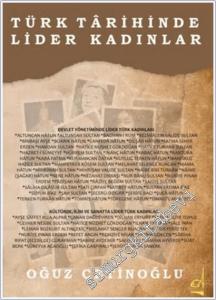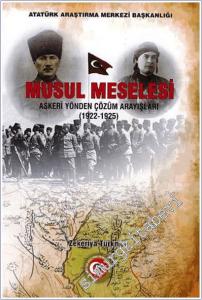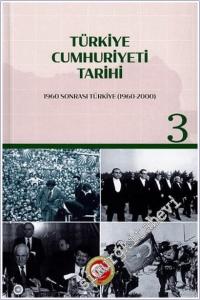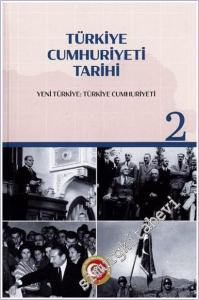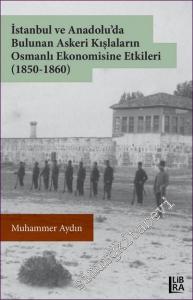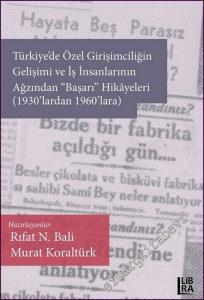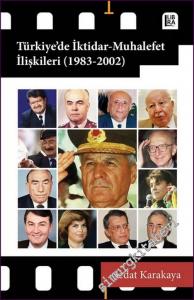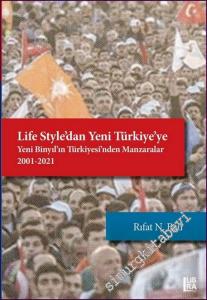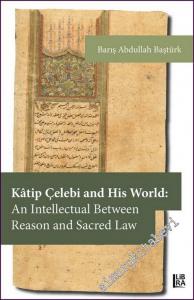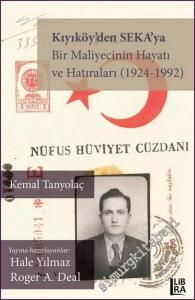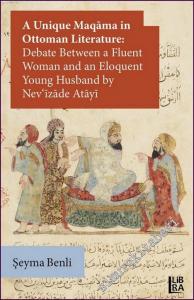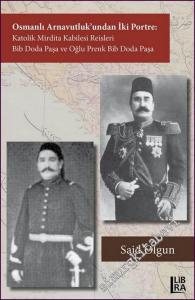#smrgKİTABEVİ Turkey and the Middle East (Selected Articles) I -
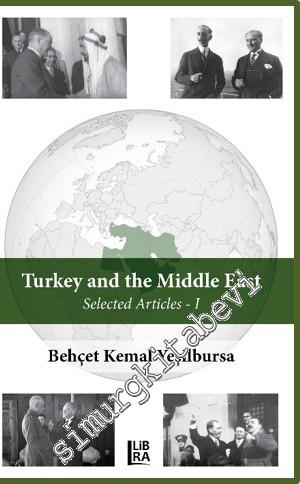
TABLE OF CONTENTS
ABBREVIATIONS
FOREWORD
PREFACE
A General Review of Turkey's Foreign Affairs during the Democrat Party Era (1950-1960)
A General Review of Turkey's Internal Affairs during the Democrat Party Period according to British Documents (1950-1960)
A British View of Turkey and the Turks in the 1950s
Economic Developments in Turkey during the Democrat Party Period (1950-1960)
Greco-Turkish Relations and the Question of Cyprus and the Aegean Islands according to British Documents (1955-1975)
President Celal Bayar in the Eyes of British Diplomats
Proposals for a Settlement of the Cyprus Problem according to British Documents (1954-1974)
Sir Roderick Sarell's Observations on Turkey and the Turks in the early 1970s
State Visit of Her Majesty the Queen Elizabeth II to Turkey in 1971
State Visit of President Cevdet Sunay to Britain (1-8 November 1967)
The 'Revolution' of 27 May 1960 in Turkey: British Policy towards Turkey
The Armistice of Mudania according to British Documents
The Liberation of Bursa from the Greek Occupation according to Account of a British Eyewitness (10-11 September 1922)
The People's Houses as a Model of Non-Formal Education in Turkey (1932-1951)
The Straits Question according to British Documents (1774-1953)
Turco-Soviet Relations according to British Documents (1945-1960)
Turco-Soviet Relations according to British Documents (1960-1980)
APPENDICIES
BIBLIOGRAPHY
TABLE OF CONTENTS
ABBREVIATIONS
FOREWORD
PREFACE
A General Review of Turkey's Foreign Affairs during the Democrat Party Era (1950-1960)
A General Review of Turkey's Internal Affairs during the Democrat Party Period according to British Documents (1950-1960)
A British View of Turkey and the Turks in the 1950s
Economic Developments in Turkey during the Democrat Party Period (1950-1960)
Greco-Turkish Relations and the Question of Cyprus and the Aegean Islands according to British Documents (1955-1975)
President Celal Bayar in the Eyes of British Diplomats
Proposals for a Settlement of the Cyprus Problem according to British Documents (1954-1974)
Sir Roderick Sarell's Observations on Turkey and the Turks in the early 1970s
State Visit of Her Majesty the Queen Elizabeth II to Turkey in 1971
State Visit of President Cevdet Sunay to Britain (1-8 November 1967)
The 'Revolution' of 27 May 1960 in Turkey: British Policy towards Turkey
The Armistice of Mudania according to British Documents
The Liberation of Bursa from the Greek Occupation according to Account of a British Eyewitness (10-11 September 1922)
The People's Houses as a Model of Non-Formal Education in Turkey (1932-1951)
The Straits Question according to British Documents (1774-1953)
Turco-Soviet Relations according to British Documents (1945-1960)
Turco-Soviet Relations according to British Documents (1960-1980)
APPENDICIES
BIBLIOGRAPHY

